Unlocking Efficiency and Savings with Pallet Wrap Machines Advantages for Your Business
In today's fast-paced business environment, optimizing operational efficiency and reducing costs are paramount for success. One innovative solution gaining traction across various industries is the pallet wrap machine. According to a recent report by the Packaging Machinery Manufacturers Institute, automated packaging solutions like pallet wrap machines can improve wrapping speed by up to 50%, significantly enhancing throughput in warehouses and distribution centers. Additionally, businesses that adopt these machines report reductions in material usage by as much as 25%, translating into substantial savings. The growth of e-commerce and the need for reliable product protection during transport underline the importance of efficient packaging systems. In this blog, we will delve into the numerous advantages of pallet wrap machines and how they can transform your business, driving efficiency and cost savings.
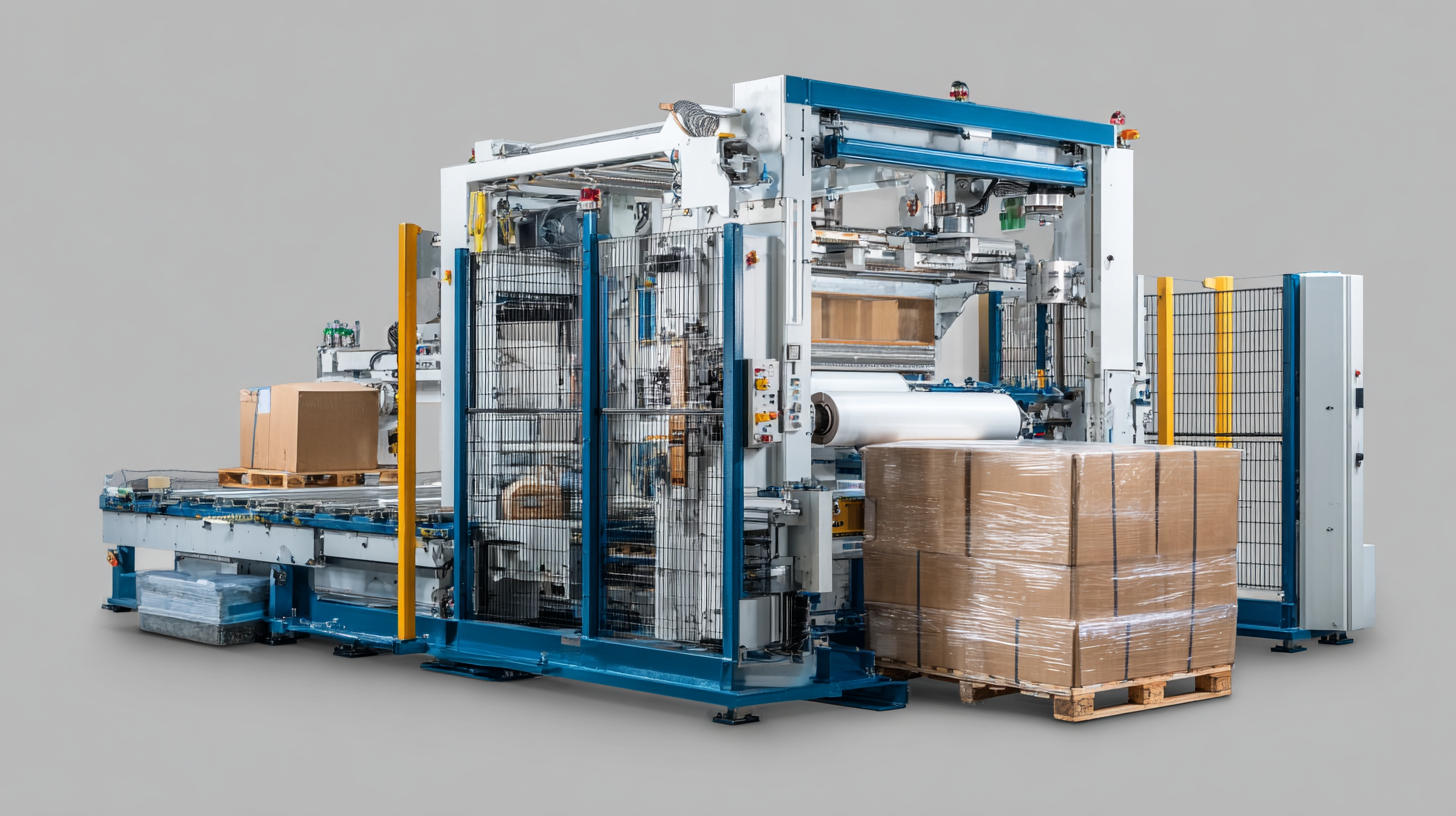
The Rise of Pallet Wrap Machines: A Game Changer for Packaging Efficiency
The rise of pallet wrap machines marks a significant shift in packaging efficiency, transforming how businesses manage their logistics and operations. Recent developments in the industry showcase cutting-edge technologies designed to enhance productivity while committing to sustainability. For instance, new machines have emerged that are not only faster but also integrate real-time data analytics to streamline wrapping processes and improve overall workflow.

A notable innovation is the recent introduction of systems that drastically cut plastic consumption, reportedly by up to 60%. These advancements not only reduce material costs but also support companies in their sustainability goals, catering to an increasing consumer demand for eco-friendly practices. With the growing emphasis on environmental responsibility, the transition to alternative wrapping solutions, including recyclable paper materials, is set to redefine operational standards across various sectors. As businesses adopt these technologies, the potential for enhanced efficiency and significant cost savings becomes a compelling incentive to rethink traditional packaging methods.
Cost-Benefit Analysis: Balancing Investment and Long-Term Savings with Pallet Wrapping
Investing in pallet wrap machines can seem daunting at first glance; however, a detailed cost-benefit analysis reveals numerous long-term savings that can significantly outweigh initial expenses. Businesses often grapple with the upfront costs of purchasing machinery, but when looking at operational efficiencies, these machines can reduce labor costs and minimize material waste drastically. By automating the wrapping process, warehouse teams can increase productivity, completing tasks in a fraction of the time it takes with manual wrapping. This swift operation not only speeds up the logistics chain but also improves safety by reducing manual handling injuries.
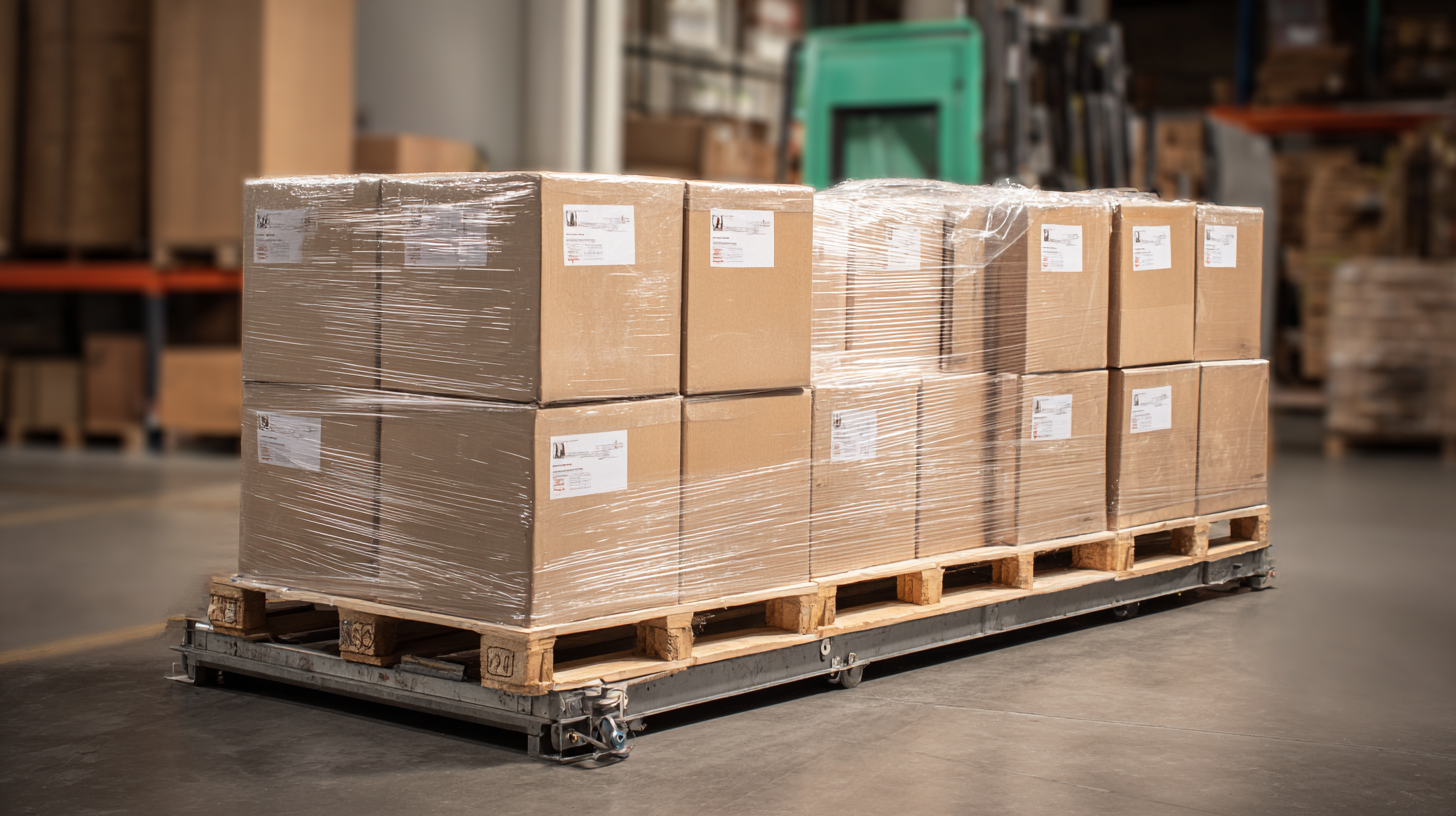
Additionally, pallet wrap machines contribute to better product protection and stability during transit. By ensuring that goods are tightly secured, businesses can reduce the risk of damages and losses, which can accumulate over time. This ultimately translates to fewer claims and replacements, further enhancing the bottom line. When evaluating the total cost of ownership, it becomes evident that the investment in automated wrapping technology can lead to substantial savings, showcasing the undeniable advantages of incorporating pallet wrap machines into a business's operational strategy.
Comparative Study: Pallet Wrap Machines vs. Traditional Manual Wrapping Techniques
In the logistics and warehousing industry, efficiency in packaging processes is critical to cost savings and operational productivity. A comparative study reveals that pallet wrap machines significantly outperform traditional manual wrapping techniques. According to a study by the Packaging Automation Institute, businesses can see a reduction in wrapping time by up to 60% when using automated machines. This time efficiency translates into faster turnaround times for shipments, allowing companies to meet increasing customer demands without compromising quality.
Furthermore, pallet wrap machines utilize advanced technology that minimizes material waste. Reports indicate that these machines can reduce film usage by up to 15% compared to manual methods. The ability to apply consistent tension and coverage results in better load stability and reduced damage during transportation. Additionally, investing in automated wrapping systems presents a compelling return on investment, with some companies reporting a payback period of less than 18 months due to the savings in labor and material costs. As businesses continue to optimize their operations, transitioning to pallet wrap machines stands out as a strategic move for enhancing efficiency and achieving long-term savings.
Enhancing Product Protection: The Science Behind Effective Pallet Wrapping Solutions
Effective pallet wrapping solutions play a crucial role in enhancing product protection while also supporting leak containment efforts in various industries. The science behind effective pallet wrapping is rooted in using high-quality materials and innovative technologies that minimize potential damage and waste. As businesses increasingly prioritize safety and compliance with stringent environmental regulations, investing in advanced pallet wrap machines has become essential. These machines not only streamline the wrapping process but also ensure that products are securely packaged to prevent leaks or spills during storage and transportation.
The leak containment market, projected to reach a value of $868.05 million in 2023, reflects the growing importance of safeguarding against environmental hazards. With heightened awareness of leakage control, companies are turning towards robust pallet wrapping as a proactive measure. Effective pallet wrapping not only mitigates risks associated with product damage and contamination but also contributes to significant cost savings in the long run.
By ensuring that products are wrapped tightly and securely, businesses can maintain their integrity and comply with industry regulations, fostering a safer environment for both employees and consumers.
Industry Insights: How Leading Sectors Are Leveraging Automation for Cost Reduction
As automation continues to reshape the business landscape, industries are increasingly recognizing the need to embrace cutting-edge technologies to enhance efficiency and achieve significant cost reductions. Pallet wrap machines exemplify this trend by providing streamlined packaging solutions that optimize operations in various sectors. Automating the wrapping process not only reduces labor costs but also minimizes material waste, contributing to overall savings.
The adoption of automation is particularly pronounced in Asian markets, where businesses are leveraging advanced technologies like generative AI to enhance performance. A recent report highlighted that two-thirds of organizations in the Asia-Pacific region are prioritizing AI integration, positioning themselves to thrive in an increasingly competitive environment. Companies that leverage these technologies, including pallet wrap machines, are not only improving their operational capabilities but also elevating their strategic positioning for future growth. By embracing such innovations, firms can unlock new levels of productivity and efficiency required to meet the demands of today's fast-paced markets.
Unlocking Efficiency and Savings with Pallet Wrap Machines Advantages for Your Business
| Sector | Efficiency Improvement (%) | Cost Savings ($) | Pallet Wrap Utilization Rate (%) | Automation Level (%) |
|---|---|---|---|---|
| Food & Beverage | 25% | $15,000 | 90% | 80% |
| Automotive | 30% | $20,000 | 95% | 85% |
| Pharmaceuticals | 20% | $10,000 | 88% | 78% |
| Retail | 28% | $12,000 | 85% | 82% |
| Construction | 22% | $18,000 | 90% | 75% |
Related Posts
-
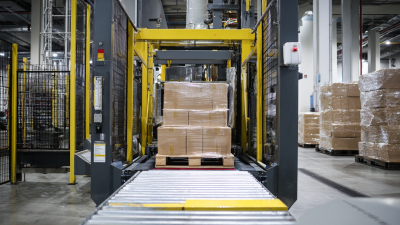
Exploring Innovative Examples of Pallet Shrink Wrap Machines in Modern Warehousing
-

7 Best Practices to Optimize Your Usage of Corrugated Cardboard for Packing Solutions
-
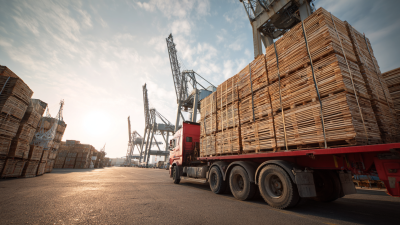
7 Essential Tips for Choosing the Best Bulk Shipping Supplies Worldwide
-

Innovative Examples of How Packaging Machines Transform Production Efficiency
-
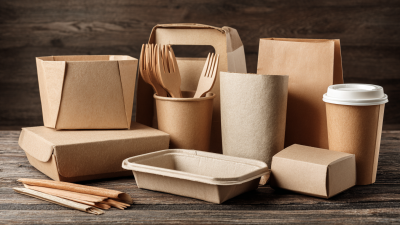
7 Innovative Benefits of Biodegradable Packaging You Didn't Know About
-
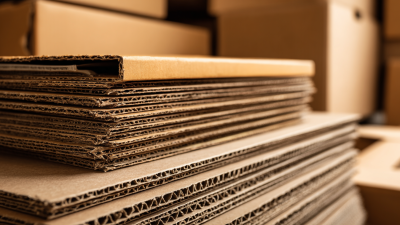
Navigating International Standards: How Best Cardboard Packaging Meets Global Import Certification Requirements
